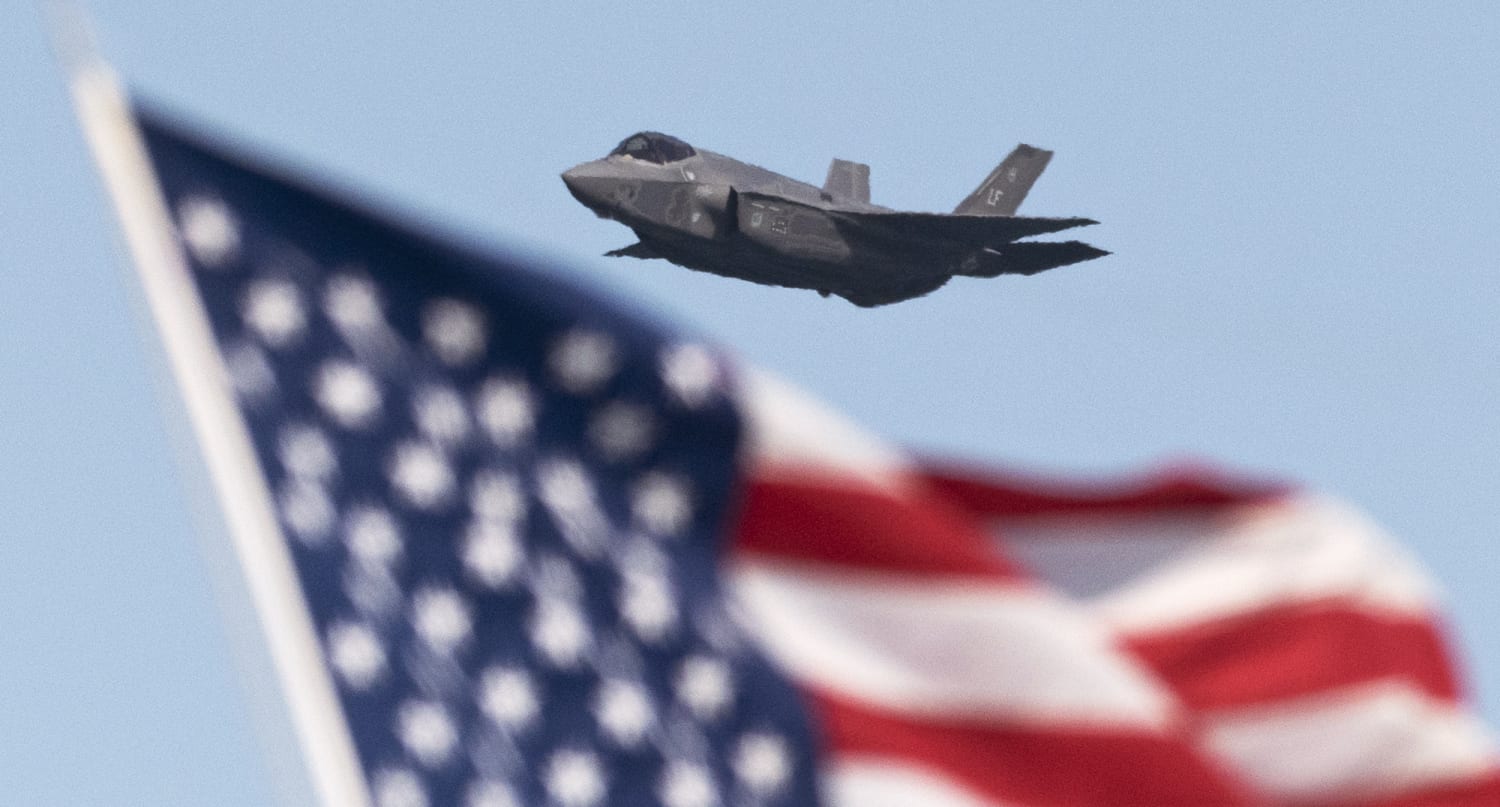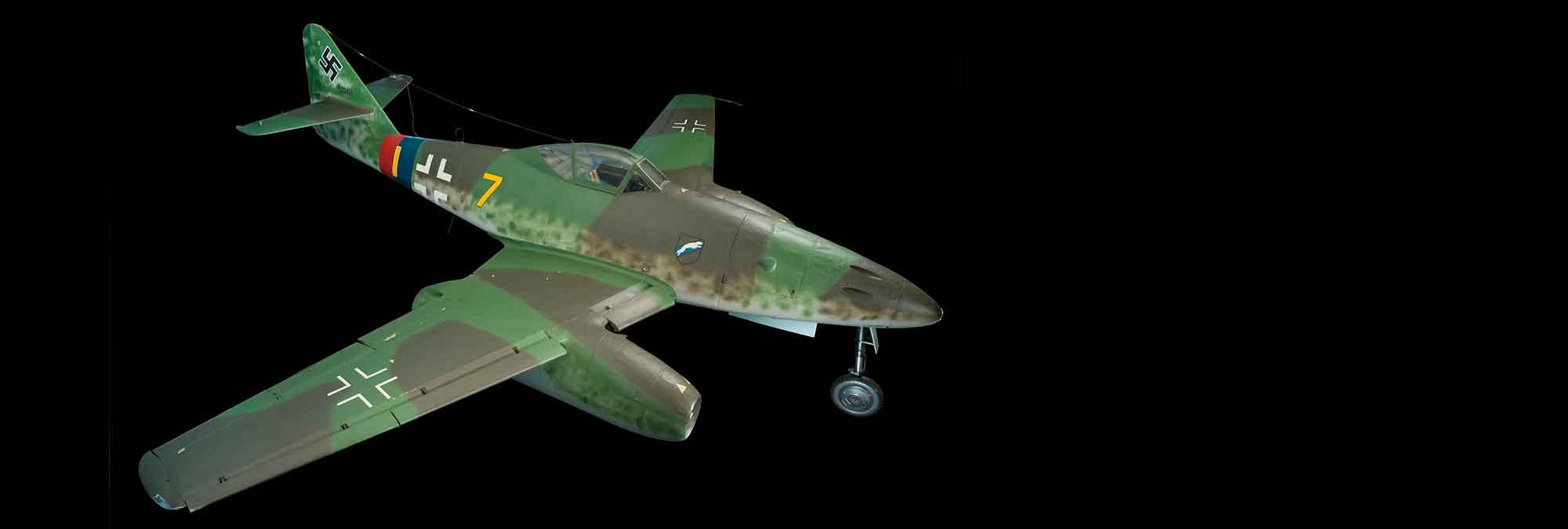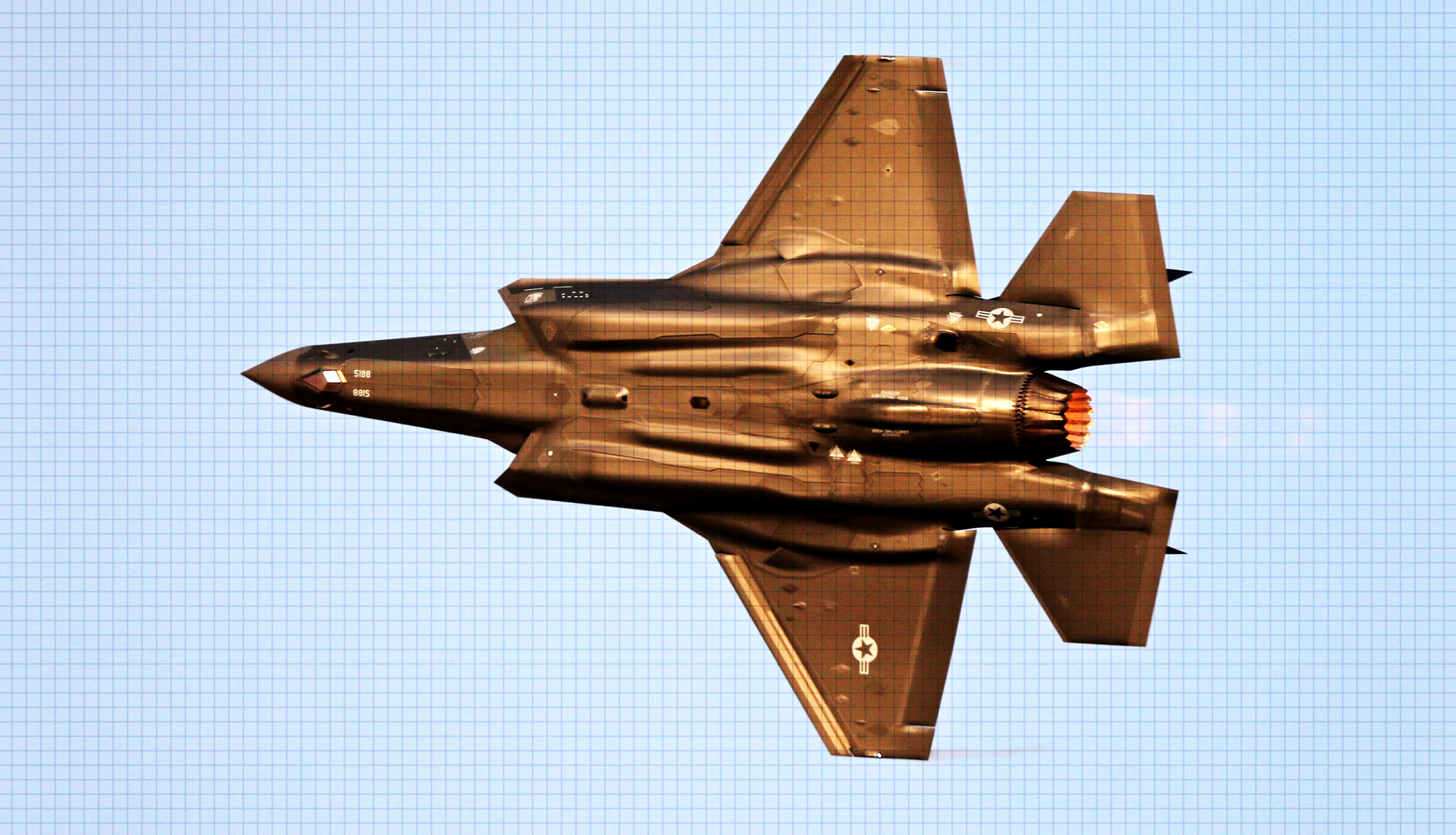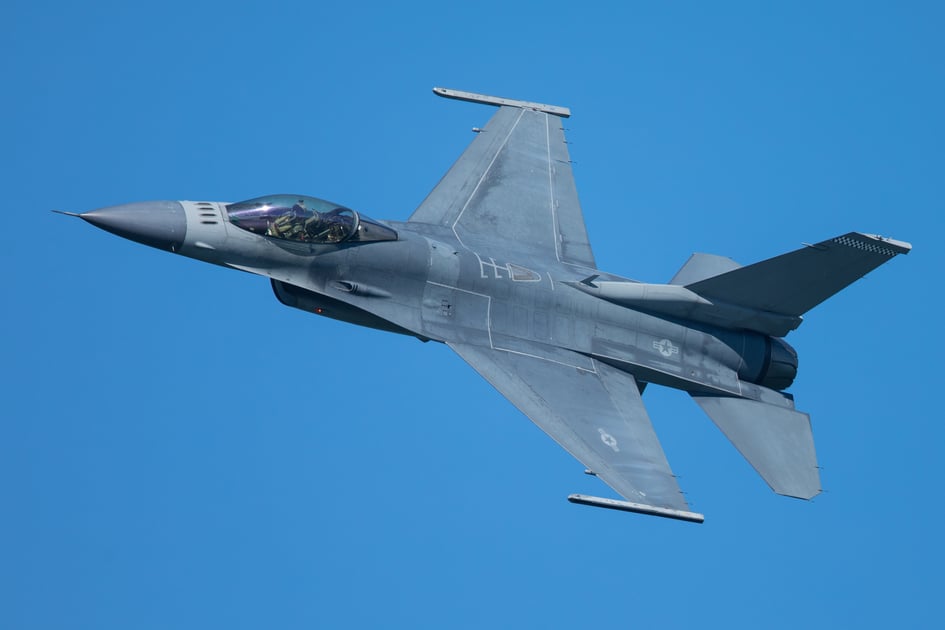Fighter Jet Pics - The F15 is a small jet aircraft designed for all-weather combat operations. Photo by Stocktrack/Getty Images
It didn't take long for the world to discover the combat potential of the aircraft. In 1911, exactly eight years after the Wright brothers got the creature on Earth, the US military began dropping test bombs from above. A few years later, World War I soldiers were fighting in space using fighter-bombers.
Fighter Jet Pics

Things moved quickly from there. Just 60 years later, the first single-engine airplanes had evolved into powerful fighter jets, able to make sharp turns in the air at speeds of up to 600 mph (970 km/h).
The Air Force Admits The F 35 Fighter Jet Costs Too Much. So It Wants To Spend Even More
In this article, we will look at one of the most famous fighters, the F-15. This remarkable aircraft is getting old — it's been around since the early 70s — but it's still an important part of the U.S. military. According to the US Air Force, he has an excellent combat record with over 100 victories and defeats. As we will see, its success is due to its incredible performance, advanced electronics and incredible power.
The F-15 Eagle is a small, highly maneuverable jet fighter designed for all-weather combat. Its main function is to maintain air altitude. In other words, its ultimate goal is to defeat other aircraft in aerial combat.
The United States Air Force commissioned the aircraft when they saw the MiG-25, a powerful fighter jet introduced by the Soviet Union in 1967. The MiG-25, commonly referred to as the "Foxbat", was far superior to the original US. At the time the fighter jet, the F-4 Phantom, and at the heart of the Cold War, the Air Force needed a similar aircraft as soon as possible. McDonnell Douglas (an alliance with Boeing) won the contract for the new project and delivered the completed F-15 a few years later. The company has produced many variations of this aircraft since then, as technology and requirements have changed (see below). The current F-15 Eagle is the F-15C.
The original F-15 Eagle was designed to handle only air-to-air targets (other aircraft). It was not designed for ground bombing because the Air Force knew that adding equipment would compromise the aircraft's aerial capabilities. But when the Air Force needed a fighter-bomber to replace the aging F-111 until the new stealth F-117 was ready, they decided to go to the F-15 for the next Air Force. The result was the F-15 Strike Eagle, designated the F-15E.
The Air Force's Next Gen Fighter Has Moved Into A Critical New Phase
The F-15 Strike Eagle (below) carries several air-to-ground weapons in addition to the air-to-air weapons you'll find on the F-15C (above).
The Eagle Strike is not a replacement for the original F-15, but an additional missile. Amazingly, the Air Force solution lasted a while and became one of the best military bombers of all time. In Operation Desert Storm, the Strike Eagle proved it could fight its way through enemy aircraft, destroy multiple ground targets, and fight its way out of enemy territory.
In the next section, we will see how these two planes are connected and find out how they jump, climb and climb.

The F-15 has many features that you would find in a traditional jet aircraft. It has two lifting wings, horizontal and vertical propellers and a propeller that stabilizes and steers the aircraft, and twin turbofan jet engines at the rear of the aircraft provide lift.
Turkey Weighs Up Its Options With Fighter Jets
The main difference between the F-15 and conventional aircraft is how these objects are handled. Twin-engine F-15s (Pratt & Whitney F-100-PW-220s or 229s) have limited thrust and weight, meaning that the amount of thrust they produce is relatively small (less than about eight times can generate). their own weight and input).
The body of the plane is also a little smaller, although it is very strong. Wing spars (supports inside the wings) are made of titanium, which is lighter and stronger than steel, and mostly lightweight aluminum. Each engine can produce 25,000 to 29,000 pounds of thrust, according to the Air Force. The typical weight of the F-15C is only 45,000 pounds, which means it weighs more than it weighs! This makes it go faster, even when it's going uphill.
The F-15 also has a shorter wing span, which means it has more wing area for its weight. A larger wing area means more lift, making the plane lighter. It can take off, climb and turn faster than a typical airplane, which weighs more per square foot of wing space.
The F-15's high lift and low wing pitch allow it to take off at a steep angle from the ground.
Air Power: Why The Newest Fighter Jet Carries Li Ion Batteries
The F-15 can carry additional fuel in three external tanks. One is mounted under each arm and one is attached to the body.
These engines are equipped with afterburner nozzles, which can provide extra boost when needed. An afterburner simply feeds the hot water jet. It ignites, adding hot gases to the rear of the engine (see this question of the day for details on afterburners). At full power, the aircraft can reach speeds in excess of Mach 2.5 (about 1,854 mph / 2,984 km/h).
High engine power comes at a price -- poor fuel economy. In fact, the F-15 was designed with this very goal in mind. To increase the fuel consumption area, large internal fuel tanks were built into the body and wings. It can carry three external tanks as well as a pair of floating tanks under the wings that generate some of their own lift. Fully loaded, the F-15C can fly 3,450 miles (5,550 km), and the F-15E can fly 2,400 miles (3,860 km).

Another problem with engines is that they wear out very quickly. This is to be expected given the amount of work they do. Fortunately, replacing them is easy -- Air Force pilots can do it in less than an hour!
The First 21st Century Engine': Ge's Next Gen Xa100 Fighter Jet Engine Passes Its Last Big Test
The F-15 not only takes off fast, but also stops fast. It has its own expandable airbrake, a hydraulic panel that expands dramatically (like a parachute) to slow the aircraft down.
The main thing that differentiates the F-15 and other modern fighters from their predecessors is their electronic systems. Early pilots controlled their aircraft mechanically, by moving the link, and often used their eyes to target enemy aircraft. In contrast, almost every part of the F-15 is computerized.
The airplane is actually a robot. It has a central computer, which is connected to many advanced sensors. Based on input from the internal guidance system (which contains a highly gyroscopic sensor) and pilot input, the computer activates hydraulic actuators to adjust the wing and rear stabilizers. The pilot doesn't fly the plane directly: he gives instructions and the computer decides how to fly. The computer is constantly making changes to the airplane itself to improve the airplane's performance -- the computer makes a bad airplane. The F-15's computer can make critical changes in milliseconds, about 100 times faster than a human.
The main "eye" of the aircraft is a computer-controlled radar system, mounted on the nose. The role of radar is to detect other aircraft and map the ground. This plate is attached to moving gimbals, so it can scan different areas or track moving targets. Radar detects a target's direction using a pulse-Doppler system - basically, a change in the pattern of radio waves indicates whether the target is moving into or away from the radar's range. (See How Radar Works for more information.)
Myanmar Fighter Jet Crosses Into Thailand's Air Space In Tak
The F-15 Strike Eagle has additional reconnaissance equipment called Low Key and Infrared Detection for Night (LANTIRN). The LANTIRN system is housed in two pods mounted on the underside of the aircraft near the engine bay.
The navigation port houses another radar unit best suited for terrain mapping, as well as a visual infrared night vision scanner (FLIR) that picks up infrared light energy from surrounding objects. Together, these sensors create a detailed picture of the ground below, allowing pilots or computers to fly in total darkness.
This targeting pod has a powerful laser and additional FLIR sensors, mounted on a rotating turret. The laser acts as a proximity finder, calculating the distance to a target based on how long it takes for the laser beam to bounce off them, and as a target plotter, a pointer for laser-guided weapons. . The targeting system is designed to engage ground targets, but can also be used in air-to-air combat.

A central computer processes data from the LANTIRN radar and systems and provides navigation and surveillance information to the crew. In the next section, we'll take a look inside the cockpit to see how
South Korea Unveils Kf 21 Fighter Jet, A Cheaper Alternative To The Us Made F 35
Fighter jet canvas, fighter jet, fighter pics, pics of f 18 fighter jet, fighter jet toys, latest us fighter jet, ngad fighter jet, jet fighter pics, f 15 fighter jet, fighter jet games, jet-fighter, jet pics



0 Comments